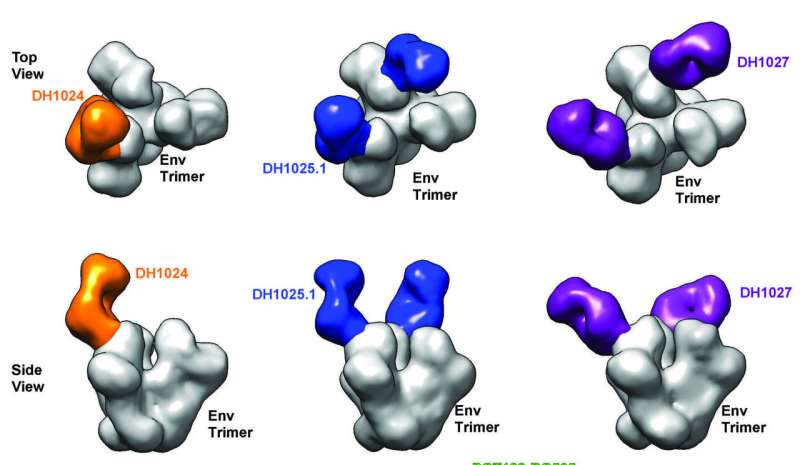September 8, 2022 report
Vaccination for HIV shows promise in rhesus macaques

A team of researchers affiliated with several institutions in the U.S. has developed a vaccine for HIV that shows promise in rhesus macaques. In their paper published in the journal Science Translational Medicine, the group describes the approach they took in developing the new vaccine and how well it worked when tested in monkeys.
As the pandemic has progressed, some have noticed that while a vaccination for COVID-19 was developed quickly, there is still no vaccine for HIV. The reason for that, the researchers note, is because HIV-1 evolves much faster than the SARS-CoV-2 virus. But that does not mean medical scientists have given up—there is still work being done by many groups around the world. In this new effort, the researchers have taken a multi-pronged approach to the development of their vaccine.
The researchers began by noting that possible vaccines for HIV tend to focus on getting the body to produce antibodies that bind to certain parts of the virus. Generally, that involves developing vaccines that incite antibodies that attach to a spike protein on the virus that prevents it from attaching and thus infecting a given cell. The problem with this approach is that HIV changes its spike protein so quickly. That means a successful HIV vaccine will need to be able to target multiple neutralizing antibodies that cover a broad spectrum of proteins.
Prior research has shown that some people naturally produce broadly neutralizing antibodies (bnAbs), and scientists have been trying to mimic that ability. To that end, they note that HIV-1 has six subunits that aid with infection; three that attach to target cells and three that fuse with cell membranes. The researchers found a patient who had been infected with HIV at age three who had a natural bnAb and thus protection against all of the subunits. Through much effort, the team found a way to isolate and mimic the antibodies in that patient and then used them to develop their vaccine. They also added an adjuvant—a chemical known to assist with an immune response.
Testing their new vaccine with rhesus macaques (on the monkey version of HIV), they found it semi-effective in those given low doses and highly effective in those given a full dose—two of seven were not infected after repeated exposures.
More information: Kevin O. Saunders et al, Stabilized HIV-1 envelope immunization induces neutralizing antibodies to the CD4bs and protects macaques against mucosal infection, Science Translational Medicine (2022). DOI: 10.1126/scitranslmed.abo5598
© 2022 Science X Network





















